Animals
The Bears of Clark’s Trading Post
I would not have necessarily said that a trained bear act would still flourish in today's world, but apparently the one at Clark's Trading Post is still going strong.
I wonder if they had a hand in training Lulubelle back in 1957?
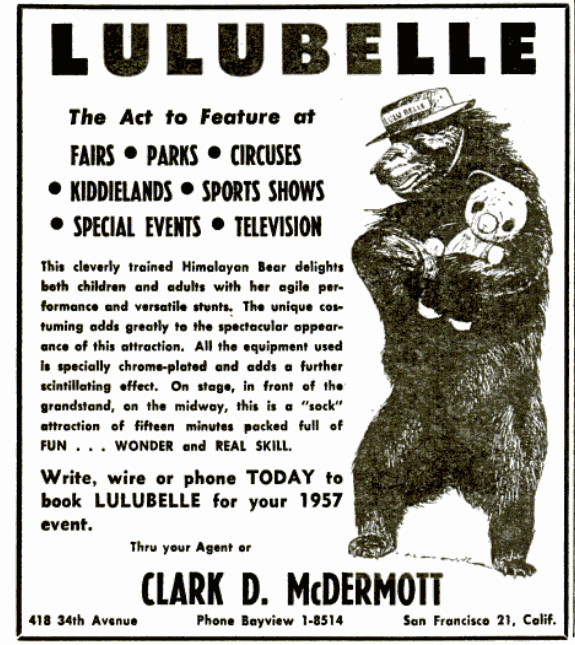
Original ad here.
Posted By: Paul - Sat Aug 13, 2016 -
Comments (1)
Category: Animals, Anthropomorphism, Authorities and Experts, Fairs, Amusement Parks, and Resorts, 1950s
Churks
In 1960, scientists with the poultry research branch of the U.S. Department of Agriculture announced that they had successfully created a chicken-turkey hybrid. They called the new bird a "churk." It was the first time such a cross had ever successfully been achieved — one of the obstacles being that chickens have six pairs of chromosomes, and turkeys have nine pairs. Churks ended up having 15 chromosomes.The scientists created three male churks. These three were not only the first, but also apparently the last of their kind.
Some features of the churk:
- They suffered from mental retardation, having only half the intelligence of either chickens or turkeys.
- They were mostly silent, only letting out a feeble chirp if disturbed.
- They had the long neck, legs, and white skin of a turkey, but the general size and coloring of a chicken.
- Their feathers grew twisted.
- All three churks had some defects, such as crooked legs or beaks.
- They had to be kept in a separate pen from the chickens and turkeys, to prevent them from being pecked to death.
More info: Science News (Nov 22, 2011)
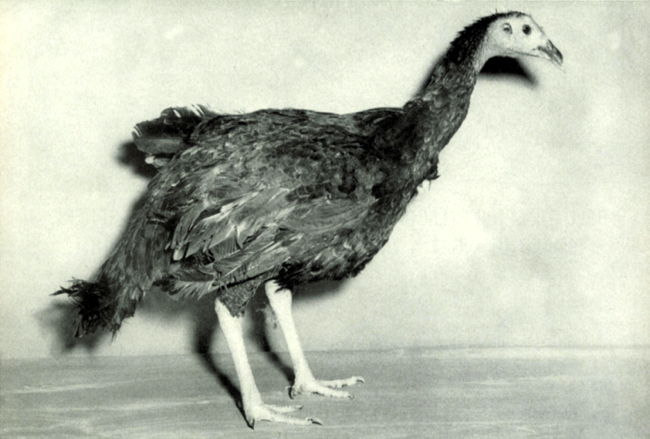
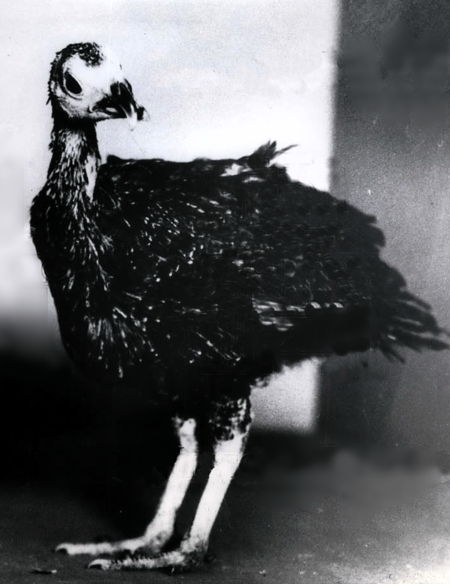
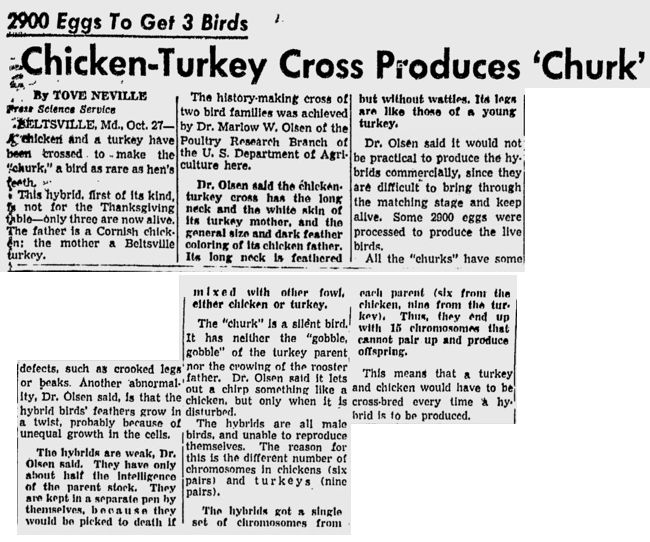
The Pittsburgh Press - Oct 27, 1960
Posted By: Alex - Thu Aug 04, 2016 -
Comments (12)
Category: Animals, 1960s
Adelaide, the hen who laid banana-shaped eggs
Adelaide the Hen (aka Adelaide Benteggs) lived on the farm of Wilfred Waterman in Poole, England. She first came to the attention of the press in 1957, when she began laying banana-shaped eggs. Farmer Waterman put her in solitary confinement, worried that whatever was causing her to lay such eggs "might be catching."Experts from the British Ministry of Agriculture subsequently x-rayed and otherwise examined Adelaide, but couldn't find anything obviously wrong with her that was causing her to lay the banana-shaped eggs.
Adelaide, however, kept laying the odd eggs — hundreds of them — and as a result became a celebrity hen. She appeared on TV and helped raise over £1000 for charity.
When she died, on August 11, 1961, it made international news. It was reported that she died quietly, sitting on her nest, after laying another curved egg. Officials from the British Museum expressed an interest in performing an autopsy on her, but before they could do so Farmer Waterman had her cremated. He kept the ashes in an urn on his sideboard.
Despite her fame, I've been unable to find a single picture anywhere of either Adelaide or one of her curved eggs, which I find puzzling. I would have thought that press photographers would have loved to document such an oddity.
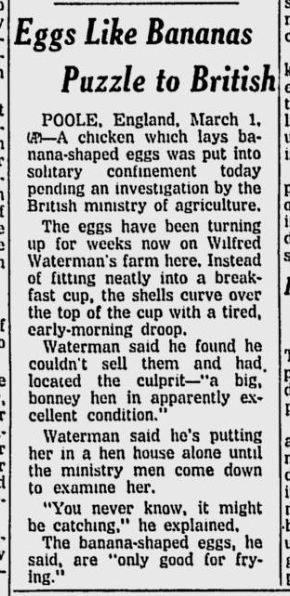
Spokane Daily Chronicle - Mar 1, 1957
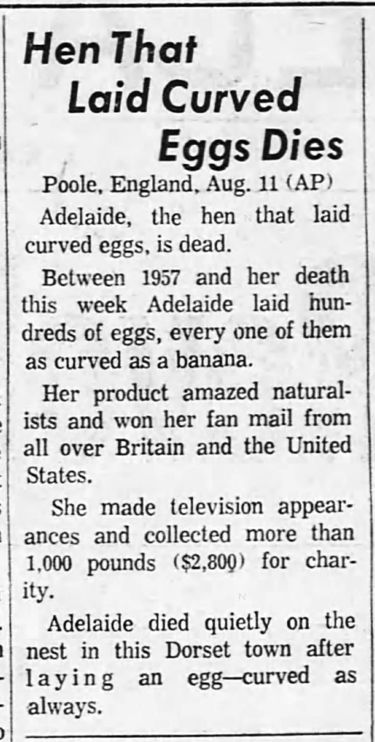
The Decatur Herald - Aug 12, 1961
Posted By: Alex - Sun Jul 17, 2016 -
Comments (0)
Category: Animals, Eggs, 1950s, Bananas
Pig Precinct
In 1972, the City Council of Ames, Iowa reprecincted the city in order to comply with new legislative district lines drawn by the Iowa Supreme Court. In doing so, they inadvertently created one precinct that had no residents in it — except for pigs, because the precinct was entirely occupied by the 15-acre Experimental Animal Disease Laboratory.Ames has redistricted since 1972, so I'm assuming the pig precinct no longer exists.
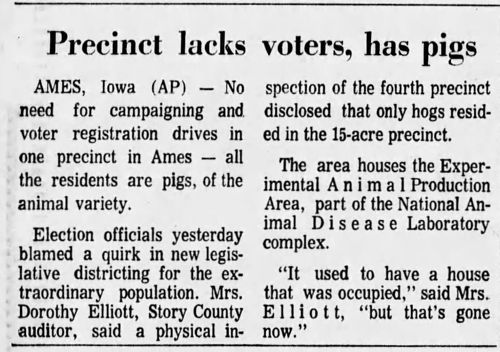
Arizona Republic - Nov 4, 1972
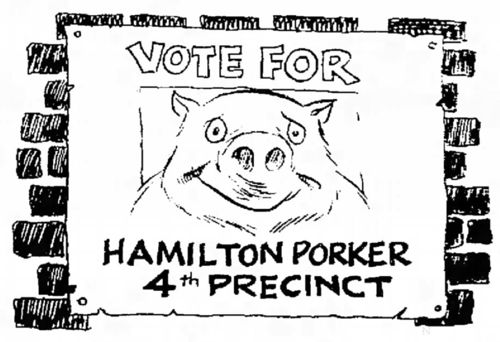
The Pick And Axe (Bessemer, Michigan) - Aug 8, 1974
Posted By: Alex - Tue Jul 12, 2016 -
Comments (4)
Category: Animals, Government, 1970s
Mystery Illustration 24
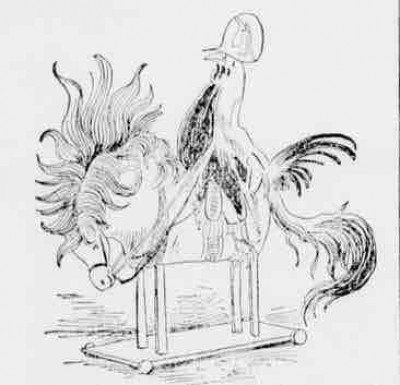
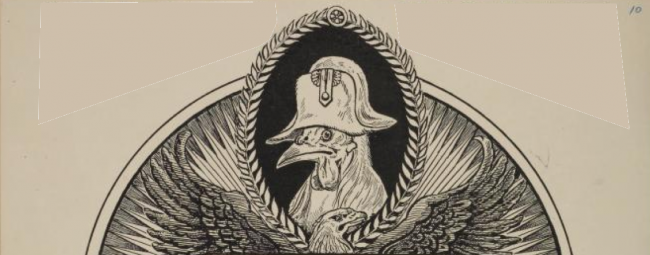
What historical figure is this rooster intended to represent? Lord Nelson? Oliver Perry? Maybe Captain Cook?
The answer is here.
Or here.
Posted By: Paul - Sat Jul 09, 2016 -
Comments (8)
Category: Animals, Nineteenth Century
Chicken Croquet
Coolest. Games. Ever. from Athena G on Vimeo.
I'm willing to bet that this is one of a very limited number of toys whose genesis can be traced directly to someone making a bad pun.
Posted By: Paul - Thu Jul 07, 2016 -
Comments (1)
Category: Animals, Toys, 1990s, Jokes
Crocodile Cage Diving
Yes or no?
Info here.
Posted By: Paul - Sun Jul 03, 2016 -
Comments (2)
Category: Animals, Daredevils, Stuntpeople and Thrillseekers, Death, Australia
Mystery Illustration 23
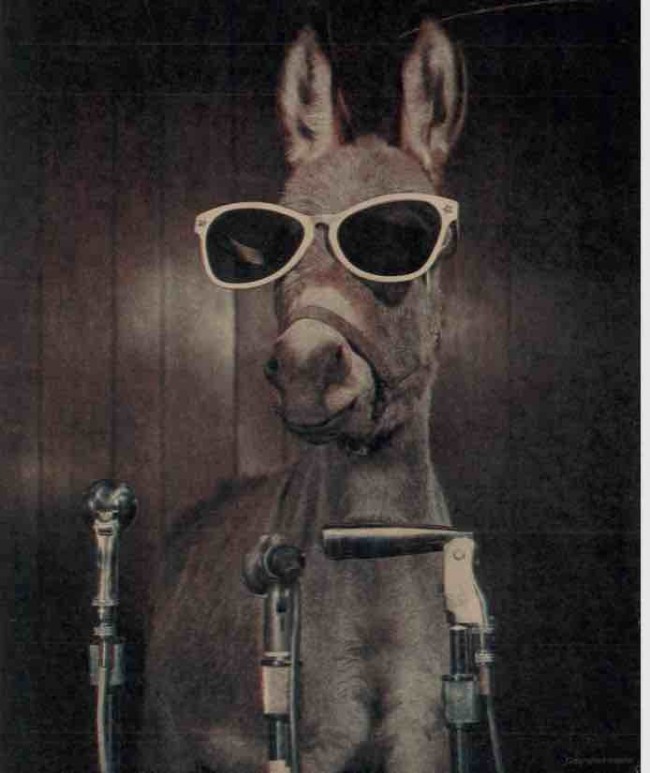
What world-famous organization features this spokes-donkey?
The answer is here.
Posted By: Paul - Fri Jul 01, 2016 -
Comments (4)
Category: Animals, Celebrities
Eels smelling alcohol
Various sources report that the sense of smell of the eel is so acute, that if you were to pour a few drops of alcohol into the Great Lakes (or Lake Constance, according to who's telling the story), an eel would be able to smell it.From Consider the Eel, by Richard Schweid:
And from The Eel, by F.W. Tesch & R.J. White:
The original source from which this info seems to come is a 1957 article in a German scientific journal: Teichmann, Harald. (January 1957), Das Riechvermögen des Aales (Anguilla anguilla L.). Naturwissenschafter 44(7), 242.
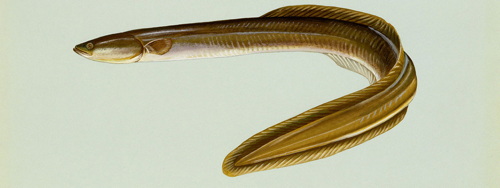
Posted By: Alex - Tue Jun 28, 2016 -
Comments (12)
Category: Animals
A Nip For The Kitty
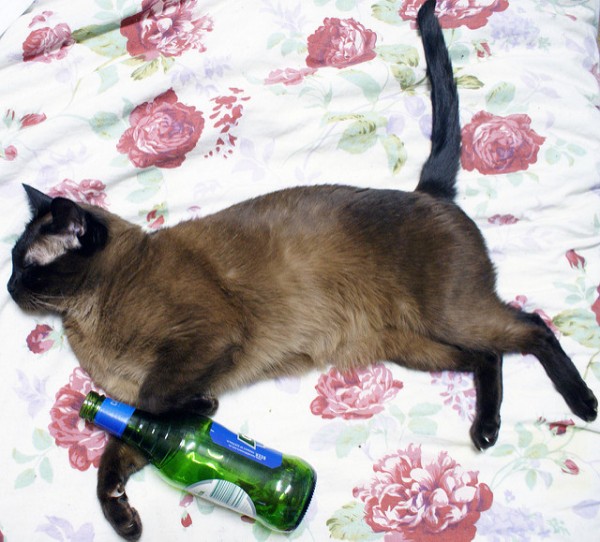
Now you can turn your cat into a wino and never drink alone again with kitty wine! The ingredients do not include actual alcohol, just catnip, water and beet juice. But considering the company is based in Colorado who knows what kind of weed is in there.
Posted By: Alex - Sun Jun 19, 2016 -
Comments (0)
Category: Animals, Cats, Alcohol

| Who We Are |
|---|
| Alex Boese Alex is the creator and curator of the Museum of Hoaxes. He's also the author of various weird, non-fiction, science-themed books such as Elephants on Acid and Psychedelic Apes. Paul Di Filippo Paul has been paid to put weird ideas into fictional form for over thirty years, in his career as a noted science fiction writer. He has recently begun blogging on many curious topics with three fellow writers at The Inferior 4+1. Contact Us |




